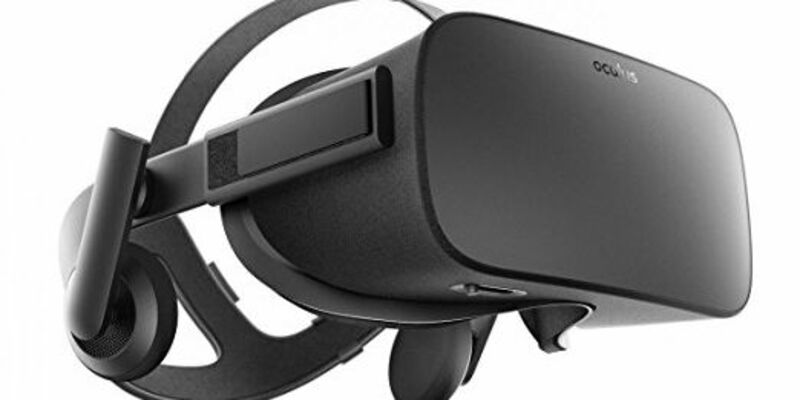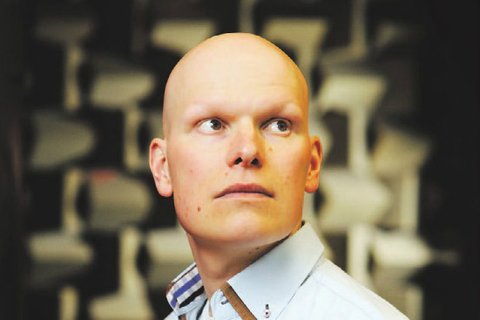
- Research
- 09/04/2018
Expert sound for Oculus
VR glasses should not only offer the most realistic picture possible, but the sound should also give the wearers of the glasses the feeling that they are really in the displayed virtual space. VR producer Oculus is therefore financing research by acoustics engineer Maarten Hornikx who thereby also hopes to get a step closer to a simulator to help the blind to perceive their environment through sound.
We are aiming very high,” says Hornikx about the project with the American company. "We are trying to get as close as possible to the real acoustics.” The sound that eventually emanates from Oculus VR glasses should not be distinguishable from the actual sound. The company does not yet have an application in mind, but the Eindhoven researcher does. He works on ‘echolocalization’, a way in which the blind can perceive the environment through the reflection of clicking sounds they make themselves. To become familiar with this method they could practice in virtual reality. But then the authenticity comes very close. The Hornikx group will also help develop a VR tool to let people experience how the acoustics will be of buildings that still have to be built.
Real office space for research
The researchers in the acoustics group are making a real office space for the research where they will accurately measure the dimensions and the acoustic properties of all materials and where acoustic tests can be performed and the results recorded. This data is subsequently used to display the sound – the auralization – in the Oculus glasses. In addition, a second path is followed in which the acoustics are calculated with the sound wave model of the research group, based on the dimensions of the office and the material properties. Hornikx does this for the entire sound spectrum, while normally the higher tones are omitted because they require too much computing power.
The calculated acoustics are then compared with the measurement-based acoustics to accurately see how much the two differ, or how much the calculated acoustics deviate from the real acoustics. A second comparison is made with test subjects who are virtually present in the test office through the Oculus glasses. They both hear auralizations and have to indicate whether they hear a difference. One of the goals is to find out how much detail may be omitted in auralization without the test person noticing a quality difference.
“I am very pleased with this research because we have found a common field of interest with this large industrial partner,” says Hornikx. “And I find it quite prestigious to work with Oculus.” He also hopes that the project, which initially has a duration of one year, will be extended to four years. A post-doc and a PhD student will work on it at TU/e.

Discussion